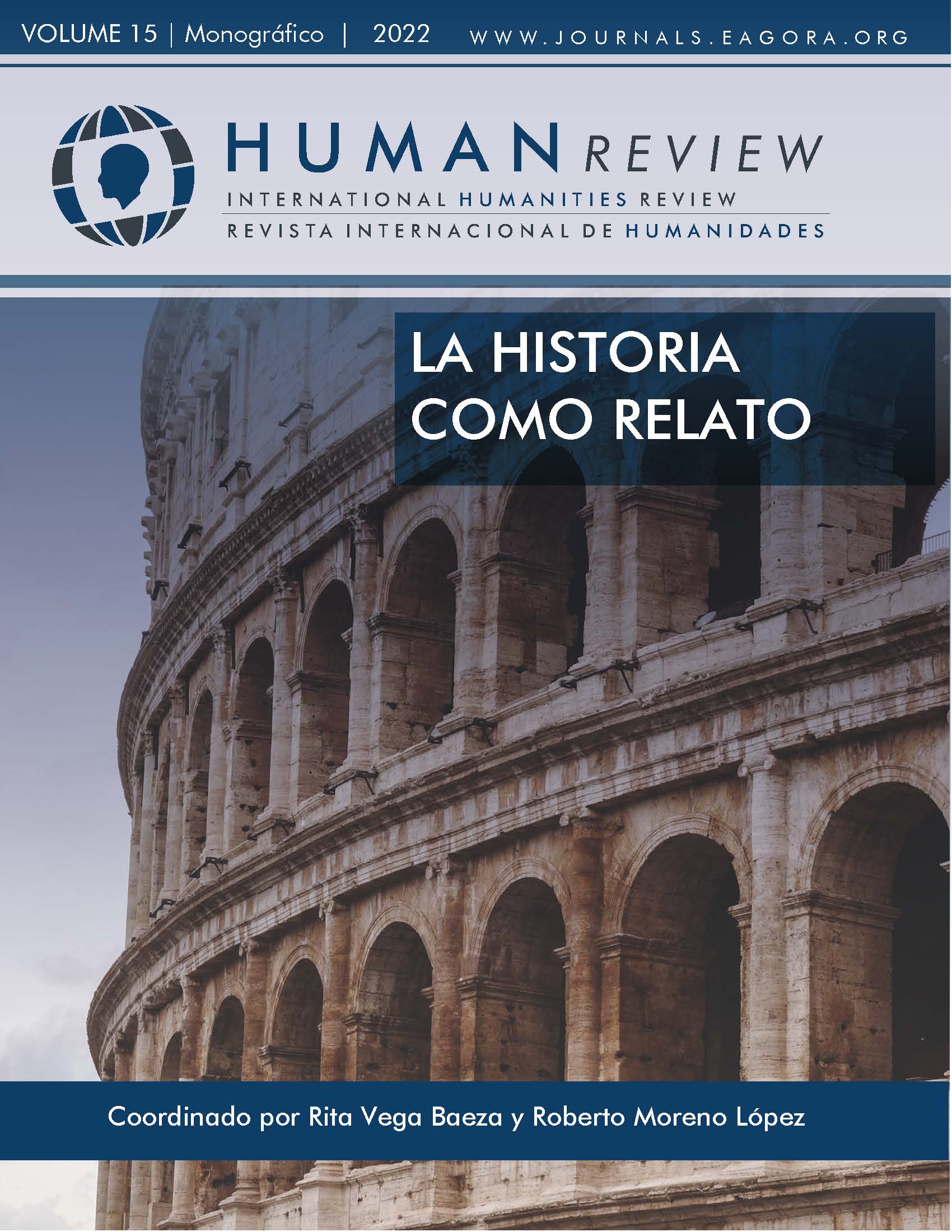Permanences and alterations in the occupied city: cartography of napoleonic Seville
DOI:
https://doi.org/10.37467/revhuman.v11.4217Keywords:
Festivities, Napoleon Bonaparte, Cartography, Urban rites, Ephemeral Urbanism, Power Dynamics, Public SpaceAbstract
The beginning of the second decade of the 19th century in Seville was marked by the French occupation. The uniqueness of the Andalusian capital is determined by the intensity of the use of public space as an “official” showcase for the opposing powers. This explains how, in the space of a year, the city went from holding processions against the entry of French troops into Spain to welcoming them with finery. By means of the cartographic restitution of the local chronicles, the aim is to reveal the relationship between the logics of power and urban form that define a singular way of occupying public space.
References
Agamben, G. (2005). Homo Sacer. Pretextos.
Calvo González-Regueral, F. (2021). Homo Bellicus: una historia de la Humanidad a través de la guerra. Arzalia Ediciones.
Carmona Campo, A. (2020). Confesionalismo y laicidad en las leyes fundamentales españolas Andrés Carmona Campo Licenciado en Filosofía y Antropología. XV Jornadas de la Sociedad de Filosofía de CLM, 1812-2012: De la hispanidad al europeísmo. Diferencias, paralelismos y continuidades, Toledo. https://bit.ly/3nXOwyB
Constitución Política de la Monarquía Española, 19 de marzo de 1812. Repositorio Virtual del Congreso de los Diputados. https://bit.ly/3Pnq8ly
Díez, A. J. P. (2012). José I,“El Rey Regenerador”. El discurso josefino sobre la regeneración de España. Cuadernos de Historia Moderna, 11, 123-144.
Fernández Gómez, M. (1989). El Archivo Municipal de Sevilla en el Siglo XIX. José Velázquez y Sánchez (1859-1864). Boletín de la Federación Española de Asociaciones de Archiveros, Bibliotecarios, Arqueólogos, Museólogos y Documentalistas (ANABAD), 39, 417-465.
Huizinga, J. (2012). Homo Ludens. Alianza Editorial.
Ortega y Gasset, J. (1989). Origen y epílogo de la filosofía. Alianza Editorial.
Ortiz de Zúñiga, D. (1677). Annales Eclesiásticos y Seculares de la Muy Noble, y Muy Leal Ciudad de Sevilla. Imprenta Real de Madrid. Biblioteca Virtual de Andalucía. https://bit.ly/3ANku8f
Roldán, M. J. (2007). Historia de Sevilla. Almuzara.
Velázquez y Sánchez, J. (1872). Anales de Sevilla: reseña histórica de los sucesos políticos, hechos notables y particulares intereses de la tercera capital de la monarquía, metrópoli andaluza de 1800 á 1850 por Don José Velázquez y Sánchez. Imprenta y Librería de Hijos de Fé. Biblioteca Virtual Miguel de Cervantes: https://bit.ly/3O3eECG
Velázquez y Sánchez, J. (1864 [1992]). Memoria del Archivo Municipal de Sevilla. Ayuntamiento de Sevilla.
Downloads
Published
How to Cite
Issue
Section
License
Those authors who publish in this journal accept the following terms:
- Authors will keep the moral right of the work and they will transfer the commercial rights.
- After 1 year from publication, the work shall thereafter be open access online on our website, but will retain copyright.
- In the event that the authors wish to assign an Creative Commons (CC) license, they may request it by writing to publishing@eagora.org









